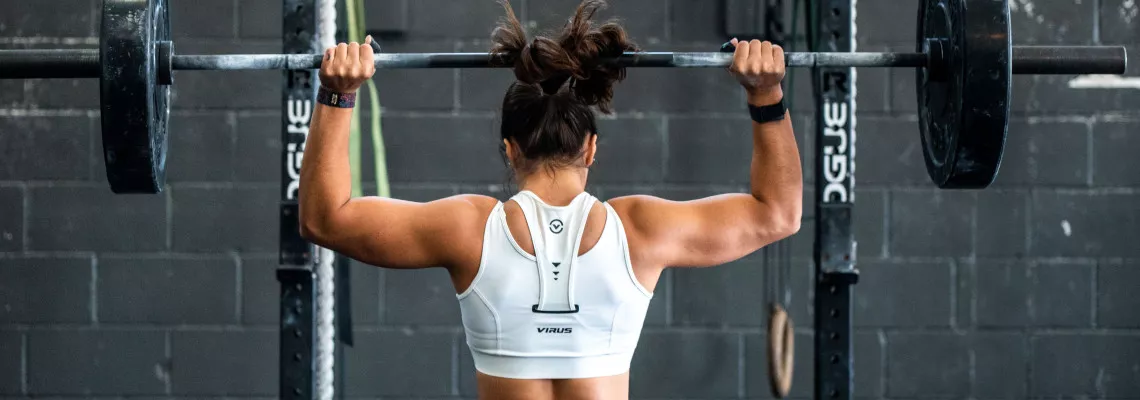15 Jul


The Evolution Of Female Bodybuilding
When the concept of female bodybuilding started to emerge, the internet was a platform for the government and academics, desk phones were in vogue, and fax machines were the biggest innovation of the time. But behind the scenes of more eclectic characters like Arnold Schwarzenegger, who was starting to transition into movies, something different was born. A handful of contests scattered across the country feature women with dieted and toned physiques, displaying their muscularity.
The time was 1977, and women were going into bodybuilding and starring in muscle competitions.
History of Female Bodybuilding
Female bodybuilding history is controversial due to disputes about the origins of "strong women." History has few instances of strong, aggressive women. But women displaying strength and aggression is not alien to our civilization.
Older Civilizations
In fact, the ancient Greek civilization known as the Minoans valued power and strength in both women and men. And some sources prove both indulged in bull vaulting.
Over at Sparta, women weren't spared from competitions demanding power, strength, and aggression, such as racing, throwing, or wrestling. Spartan women were even encouraged to match up to the men in these qualities.
Legends and Myths
Multiple mythologies paint similar pictures, where male strength and power are displayed in size, while female strength is portrayed in ability. For instance, the Roman goddess of the hunt and moon, Diana, is said you have these qualities. The legend of the Amazons, a race of warrior women who faced off against Greek heroes, speaks of strength, aggression, and power.
The Evolution of Female Bodybuilding
Bodybuilding was largely dominated by male bodybuilders prior to 1977. Female bodybuilders have Henry McGhee to thank for their acceptance into competitive bodybuilding. He argued that women should also take part in showing off toned physiques after rigorous weight trainings similar to men. McGhee further helped the movement by kick-starting a short-lived body, the United States Women's Bodybuilding Association, which helped spread the word and catch women's attention.
By 1980 women's bodybuilding competitions hit their peak, with events like Ms. Olympia, the American Championships, and the United States Championship coming to town. A year later, the International Federation of BodyBuilding and Fitness (IFBB) held the first international competition, the European Championships, which saw participants from nine countries compete. Over time, top female bodybuilders began gathering attention and invitation to participate in professional contests with prize money.
Events like the Zane Women's Invitational, the Ms. Olympia competition in 1980, and the "Best in the World" competition in 1979, cemented McGhee’s efforts, attracting women to the sport.
Present-day Female Bodybuilding
Female bodybuilding has grown from relatively obscure origins to similar popularity as male bodybuilding. The sport has produced many stars, like Cory Everson, Lenda Murray, Andrulla Blanchette, Melina Keltaniemi, etcetera who have grown bigger with time. And similar to how the sport has grown, it has also attracted a significant audience globally.
The principle of bodybuilding is that when people consistently perform certain exercises with the right intensity for longer, they will develop bigger and more toned muscles. This principle holds up for both men and women and makes bodybuilders faster, bigger, and stronger than the average person. This idea is obvious in present-day society, where more people, regardless of gender, strive to create and maintain healthier, fitter, leaner, and stronger bodies.
Key Takeaway
It's worth mentioning that the path to bodybuilding was created by trial and error by loads of competitive bodybuilders. But the sport has been refined into an effective system of physical development. And from the 1970s to date, women are still finding and falling in love with this bodybuilding and following its tenets religiously. Now, we have the most competitive lifestyle, with women easily working out and building muscle regardless of their status.
